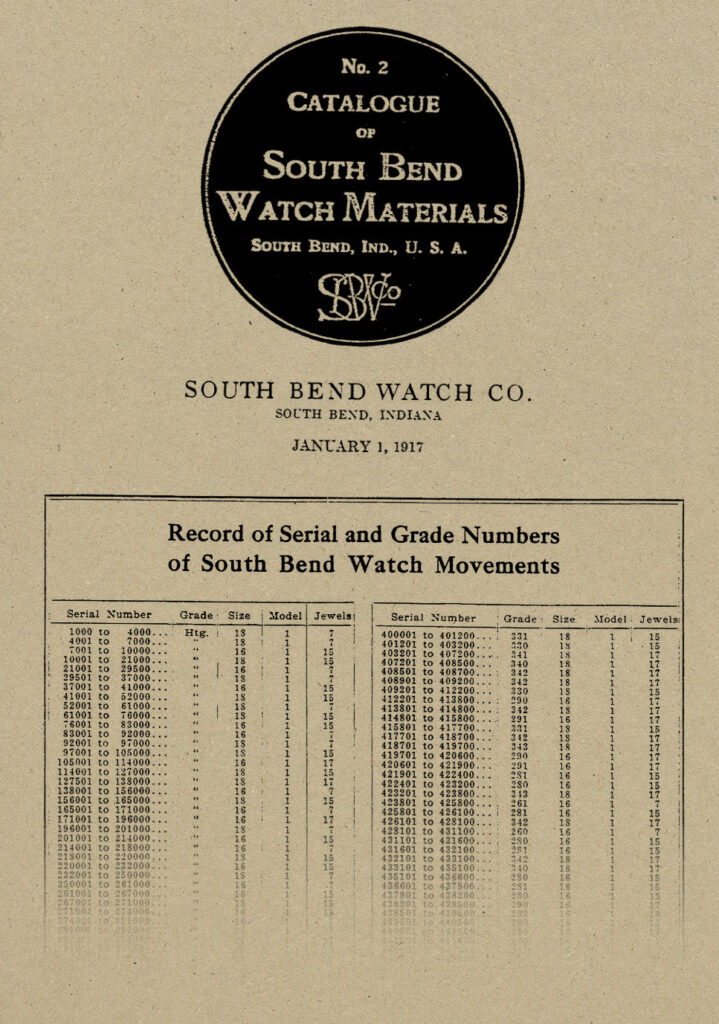The Patented “Butterfly Cutout” Escapement Watch Plate Design by Frederick A. Giles

The first model introduced by the United States Watch Company (Marion) featured a beautiful “butterfly cutout,” revealing the escapement typically hidden away from view. The top plate design used for this model was patented by Frederick A. Giles on March 13, 1866.

The patent covers all aspects of the top plate design, including the recessed area for the mainspring barrel. However, the most prominent feature is the iconic escapement cutout, described by Giles:
“Near the margin of the plate and on the opposite side of the center thereof to that on which the circular recess is situated, there is an opening in the longitudinal centre of which is a line drawn through the centre of the pivot hole of the staff of the lever, and through the center of the pivot hole of the escape-wheel spindle, which holes are situated respectively in the centred portions of the inwardly projecting parts of the plate at the ends of the said opening. The sides of the said opening have salient curvatures, and these meeting in the points with the re-entering curvatures in the ends give the opening a form having some resemblance to that of two crescents placed back to back.”
U.S. Patent #2281
[Edited to omit patent drawing references for easier reading.]
The plate cutout offers an unusual opportunity to be mesmerized by the intricate escapement in action while the watch is running.

This feature has become one of the iconic traits of the primary 18-Size model from the Marion company, and many collectors aim to have at least one of these in their collection. These watches also serve as an excellent “show” piece to exhibit the combination of functionality and art that epitomized the early American watch industry, often catching the interest of those unfamiliar with the early horological history entrenched in the United States.




What actual “adjustments “ could be made to the overall escapement utilizing this opening?
The cutout allows visual access to the escapement so an adjuster could see the escapement action better.